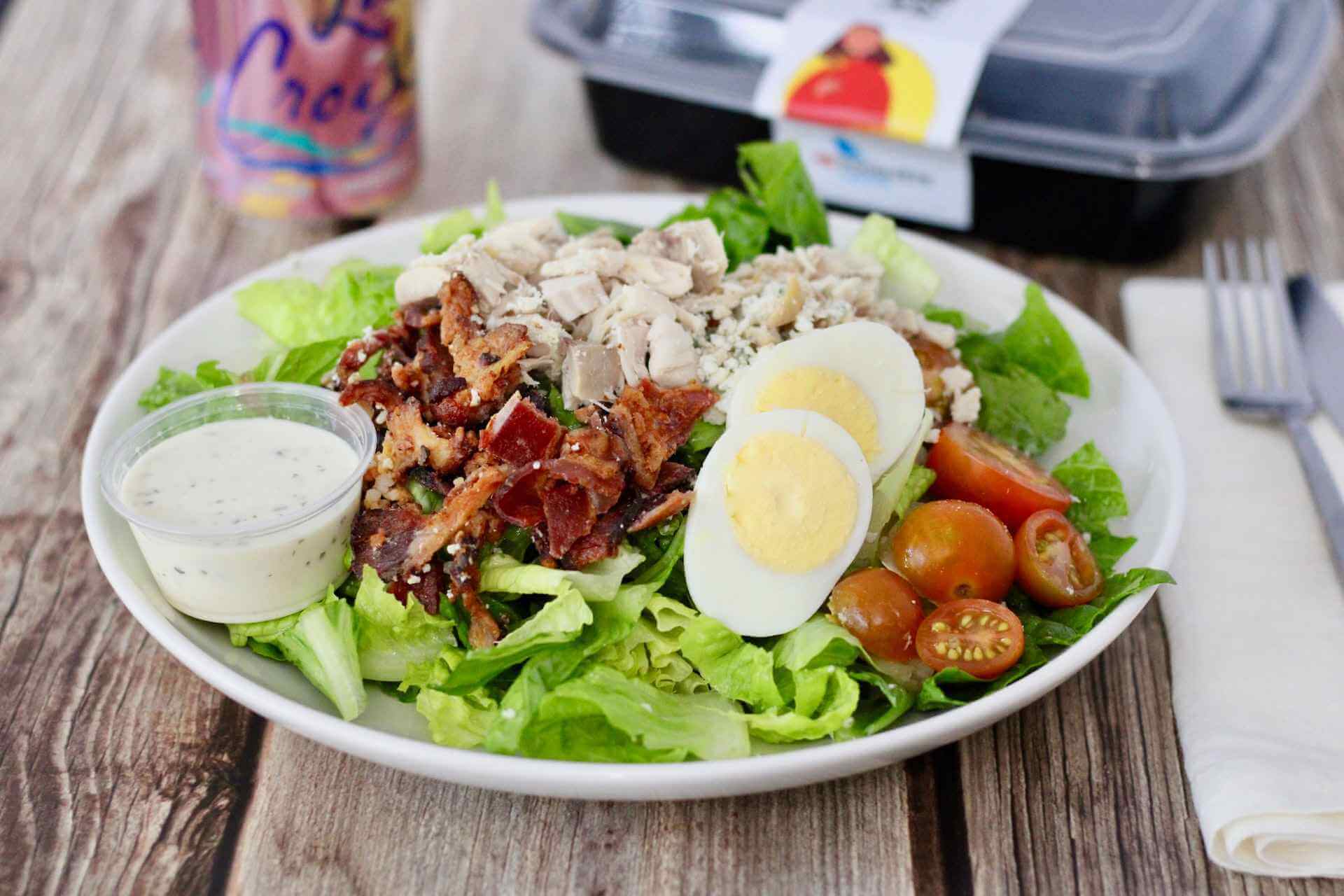The Flexitarian Diet Guide: Benefits, Food List & Sample Meal Plan
The flexitarian diet is for people who want more flexibility in how they eat or a non-diet approach to eating more plants. They don’t necessarily want a list of rules to follow but a “flexible” healthy guideline for eating more plant-based foods like fruits, vegetables, beans, and whole grains and less animal-based foods like meat, dairy, fish, or poultry.1
Flexitarian diets can make it easier to prepare meals and foods for various eating styles within one household or a shared dinner meal. This provides flexibility in foods incorporated for each meal and doesn’t entirely exclude certain food groups like stricter vegetarian meal plans.1
{{mid-cta}}
What is a Flexitarian Diet? How Does It Work?
The flexitarian diet is a semi-vegetarian diet. People following a flexitarian diet prioritize plant-based foods with the occasional serving of meat or fish. The word “flexitarian” was added to the Oxford Dictionary in 2014 as a hybrid of “flexible” and “vegetarian.” A dietitian, Dawn Jackson Blatner, created this diet as a flexible way to follow a healthy vegetarian diet most of the time.2
A primary goal of a vegetarian diet is to increase your intake of plant-based foods like fruits, vegetables, whole grains, beans, nuts, and seeds. These foods are generally higher in fiber, vitamins, and minerals and lower in fat, protein, and sugar.
More plant-based foods and a flexitarian diet are good for your health. A 2017 Frontiers in Nutrition review of 25 studies of people following flexitarian diets linked their eating pattern to healthier body weight, improved markers of metabolic health, reduced blood pressure and risk for type 2 diabetes, and meeting their daily fiber intake.1
This simple, flexible eating pattern can help you prevent disease and lose weight. The flexitarian diet can be started gradually. Making lifestyle and diet changes can be difficult. We often follow the “all or nothing” mentality. Restrictive diets lead to a complete reversal of your previous way of eating and are not sustainable.
The 2020-2025 Dietary Guidelines for Americans recognize that a balance of food groups and nutrients is important, and most of the calories (85 percent) that a person needs daily should come from nutrient-rich food groups like fruit, vegetables, whole grains, dairy or dairy alternatives, and protein from animals or plants. The other 15 percent of the calories (about 250 to 350 calories) can be reserved for discretionary calories like added sugars or fats that help food taste good and absorb nutrients.3
The flexitarian diet allows you to prioritize plant-based foods for most of your nutrient intake. The diet recognizes that easily accessible nutrients found in animal-based products can help people meet their vitamin and mineral needs with less risk of deficiency that can occur with strict vegetarian diets. This flexibility allows you more freedom with your weekly meal and social schedule.
Start small and work in flexitarian eating tiers as recommended by the dietitian who inspired the diet.2 As a beginner flexitarian, you may try removing meat for two days of the week and keep portions to about 4 to 6 ounces for the rest of the week. The next step is to remove meat three to four days per week as an advanced flexitarian. The expert flexitarian removes meat five days a week.
These are general guidelines, not “rules” one must follow. The intent of the flexitarian diet is to allow flexibility and healthful eating patterns that prevent disease and help with healthy weight loss and maintenance. You can decide how to follow a flexitarian diet that fits your lifestyle and goals. Some people exclude more types of animal-based foods like eggs and dairy than others following the flexitarian diet.
<p class="pro-tip"><strong>Keep reading: </strong> <a href="/blog/fruits-vegetables-colors">Fruits And Vegetables: Eating Colors For Optimal Health</a>.</p>
The Flexitarian Diet Food List: What to Eat and What to Avoid
Foods to Eat
- Legumes, beans, and lentils
- Tofu
- Edamame
- Seitan
- Tempeh
- Nuts and seeds (don’t forget chia and flax seed)
- Peanut butter, almond butter, and other nut butter
- Yogurt and kefir
- Dairy alternatives
- Eggs
- Whole grains (wheat bread, quinoa, brown rice, oatmeal)
- Bean or lentil pastas
- Fruits
- Healthy fats (olives, olive oil, avocado oil)
- Vegetables
- Limited amounts of meat, seafood, and poultry

Foods to Limit
- Animal protein (meat, wild game, pork, and poultry)
- Seafood (shrimp, fish)
- Processed refined grains (low-fiber white bread, pasta, or rice)
- Animal fats (butter, cream, lard)
- Highly processed foods (pop, chips
Pros and Cons of a Flexitarian Diet (7-10)
- Nutrient-rich
Results from 71,751 adults found that those eating flexitarian (4,042 people) had the lowest caloric intakes (1,713 calories daily) compared to the other vegetarian and non-vegetarian diets (2,000 calories daily). Non-vegetarians consumed the most total fat, saturated fat, and trans-fat, with strict vegetarians being the lowest.4
Additionally, protein intake among flexitarian eaters was comparable to non-vegetarian eaters but with more protein from plant sources. Fiber intake from fruits, vegetables, and nuts was 34.9 g daily (meeting the daily goal of 25 to 30 g). The average American eats 15 g of fiber daily.4
Only strict vegetarians showed low intake of vitamin B12 and vitamin D. The other types of vegetarians ate adequate amounts even in the most deficient reported vitamin and mineral intake levels among participants. The flexitarians tended to eat lower calorie diets but from nutrient-rich foods meeting protein, vitamin, and mineral levels.4
- May aid in weight loss
Small studies, including people following the flexitarian diet and other vegetarian diets for six months, found that the vegan diet yielded the highest weight loss, with flexitarian and pescatarian next, and omnivores losing the least amount of weight.5
People following a flexitarian diet tend to have a lower body mass index than non-vegetarians based on a review of five studies.1
Flexitarians eat fewer calories overall but still meet their nutrient needs. This slight deficit of 300 calories can add up quickly to long-term healthy weight loss.4
- Decreases risk of insulin resistance and diabetes
The Frontiers in Nutrition review looked at six studies related to metabolic health, including insulin resistance and diabetes.1 All of these studies showed reduced rates of diabetes or improved markers that predispose someone to diabetes in all vegetarian diets compared to non-vegetarian diets. The greater amount of vegetables and reduced meat yielded even more risk reduction.
One study included 54 post-menopausal women that were long-term semi-vegetarians and non-vegetarians. These women had followed their respective diets for over 20 years. The women following the semi-vegetarian or flexitarian diet had significantly lower body weight, body mass index, body fat, glucose, insulin, and markers of insulin resistance.6
- Supports heart health
Plant-based diets have been linked to improvements in cardiovascular disease and its risk factors for developing disease. Different aspects of plant-based diets reduce heart disease, but the effect of the whole diet has yet to be researched. The typical plant-based diet is lower in calories and saturated fat while higher in healthy fats, fiber, antioxidants, and anti-inflammatory compounds.7
A recent review article compared nine types of vegetarian diets and their relative reduction in risk factor markers and clotting formation in the vessels. Due to the variety of included or excluded foods among all the vegetarian diets, the researchers concluded that it was impossible to state if one vegetarian diet was the most effective. However, all of the vegetarian diets showed beneficial aspects.
The only risk mentioned was the need to carefully plan and balance the vegan diet to prevent omega-3 fatty acid and vitamin B12 deficiencies.7
- May help lower blood pressure
Blood pressure tends to be higher as weight increases. People following a flexitarian diet tend to eat less and be closer to a healthier weight. This protective feature helps keep blood pressure controlled.
The DASH diet is well-recognized for its ability to lower blood pressure.8 The DASH diet focuses on increased amounts of vegetables, fruits, whole grains, and lean protein options like fish, poultry, and beans. The eating style recommends limiting saturated fat intake from fatty meats, dairy, and oils, along with limited sugar-sweetened beverages and sweets.8 Many of these components are similar to the flexitarian diet.
A small study of 34 women found lower systolic and diastolic blood pressure among those eating flexitarian compared to omnivores (no restriction on meat intake).1 There are limited studies explicitly looking at flexitarian diets and blood pressure.
<p class="pro-tip"><strong>Learn more: </strong> <a href="/blog/best-vegetarian-protein-options">9 Best Vegetarian Protein Options</a>.</p>
- May promote kidney health
Research supporting plant-based diets (including the flexitarian diet) for the treatment of chronic kidney disease is growing. In large studies, choosing nutrient and fiber-rich plant-based foods and limiting animal protein intake have been linked to a reduced need for kidney medications, complications, and risk for kidney disease.9
Specifically, those eating high amounts of plant protein had a 30 percent lower risk of developing chronic kidney disease than those eating the lowest amount of plant protein.
In individuals with chronic kidney disease, eating more plant than animal protein preserved kidney function in the long term.9
- Enhances skin health
Eating plant-based foods helps from the inside out. An abundance of research supports plant-based diets to prevent chronic diseases like diabetes, heart disease, blood pressure, and kidney disease.
Eating more fruits, vegetables, nuts, and legumes promotes skin health based on a narrative review.10 The primary nutrients attributed to the effect are vitamins C and E, beta carotene, polyphenols, and phenolic acids. These nutrients lower inflammation, promote skin support, and provide UV skin protection.
The authors recommended eating a rainbow of fruits and vegetables to obtain these nutrients. Try including mangos, melon, citrus, tomatoes, bell peppers, kale, grapes, pomegranate, and passion fruit into your diet. Additionally, nuts, legumes, unsweetened cocoa, and tea are high in polyphenols and are encouraged.10
- Environmentally friendly
Eating less animal-based foods from conventional mass production systems is a better choice. These systems do not benefit the environment, local market, or health.
Research shows that animals raised in a grass-fed, animal-friendly, or free-range environment have better nutrient profiles in terms of fat composition and may help with heart disease prevention.11 The environmental impact regarding the feed option of grass-fed animals is also three to four times lower than conventional feeding methods.12
Following a flexitarian diet focusing on eating reduced amounts of good quality animal protein choices and an abundance of plant-based foods will help balance your nutrient intake, environmental impact, and animal welfare.
The downsides are minimal when following a flexitarian diet. This flexible eating method allows for many foods and does not exclude animal products altogether. The principal risks of following vegetarian diets are deficiencies associated with not replacing meat with nutrient-rich foods. These deficiencies are more common in vegan diets due to excluding all animal proteins.7 Sometimes, vitamin or mineral supplements are needed with strict vegetarian diets.
Learning curves may exist at the start of any new diet. Learning to prepare new foods and incorporating more plant-based foods can take time and planning. Thankfully, the flexitarian diet helps you to reduce your animal products and increase your plant-based items gradually. Remember, this is on your timeline and flexes with you depending on your life and needs.
Flexitarian Diet for Weight Loss: Does it Work?
As mentioned earlier, people following the flexitarian diet tend to have lower body mass index, body weight, and body fat and eat fewer calories than other vegetarian diets.1,4,5
These features make the flexitarian diet an excellent option for healthy, safe, and sustainable weight loss. The flexible nature of the diet helps you to follow for all stages and seasons of life.
A Week-Long Sample Flexitarian Diet Meal Plan
The best way to stick with a new way of eating is to have the foods available and partially prepared. Taking time on a less busy day can help you prepare meals for the rest of the week. This allows you to spend less time cooking and preparing meals and stick to your goals.
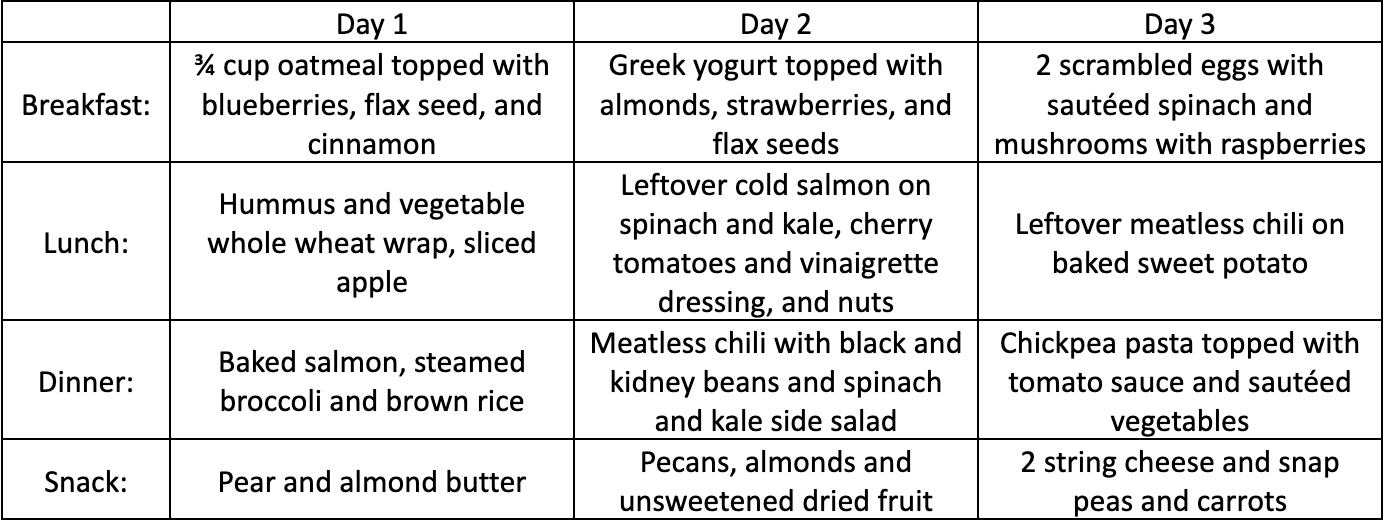
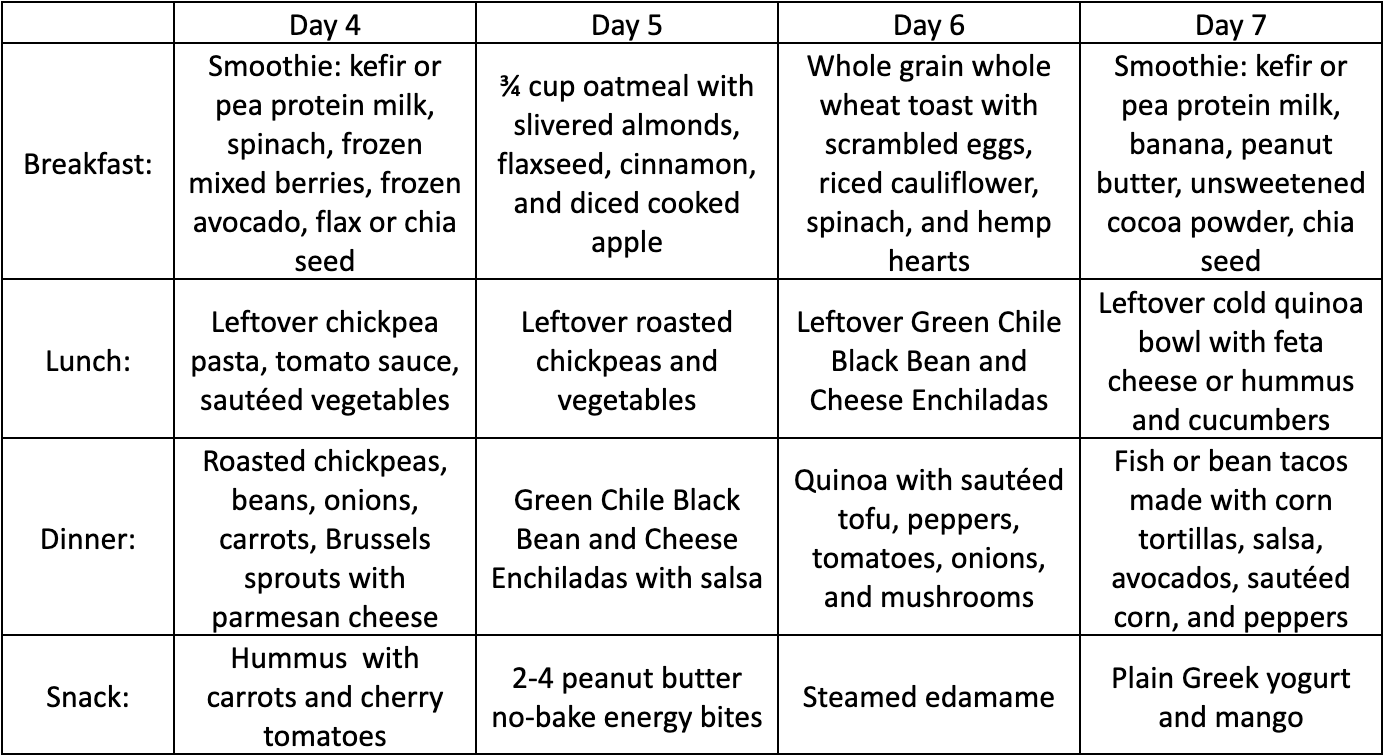
Tips to Get Started with a Flexitarian Diet
- Plan ahead on your least busy days. Plan what you want to make for dinner meals, optimize leftovers for lunch the next day, and have three different breakfast options available to repeat once or twice that week.
- Create a list of flexitarian-friendly food. Review the list and meal plan from above, list foods you like, and start small with any new recipes or foods. Taking 1-2 meals weekly to try something new helps prevent overwhelm and cooking fatigue.
- Remember snacks. Think of these snacks as mini-meals. Try to pair something with fat or protein with a fruit or vegetable for a satisfying and filling snack between longer stretches of meals.
- Start the day with a filling and nutritious breakfast. When your first meal is balanced with protein, fiber-rich carbohydrates, and healthy fats, you are less tempted to snack and get your brain fueled for whatever work or activity is planned.
- Make swaps of your favorite dishes. Finding new recipes that you like can be difficult. Sometimes you can take your tried and true recipes and swap out the meat for a different plant-based protein and add more vegetables to the meal. This is an easy way to follow a flexitarian diet.
- Get creative with your planning. Labeling days of the week, like Meatless Monday or Taco Tuesday, can help you to plan your meals quickly. One week may be bean tacos, and the next week, fish tacos. This can help with decision fatigue and provide a loose guide for what to make each week.
- Balance your meals. Think about different groups for planning a meal. Try to incorporate a protein source (animal or plant-based), produce source (fruit or vegetable), fiber-rich carbohydrate (whole grains, beans, lentils, legumes), and healthy fat (olive or avocado oil, nuts). This will fuel you and maintain stable glucose levels.

Learn How Your Body Reacts to Different Foods and Improve Your Nutrition with Signos.
Learning to follow a new plant-based diet takes time and planning. Every person responds differently to a new diet. Some people may find they need a different combination of fiber, protein, and carbohydrates to feel energized and be able to follow a flexitarian diet long-term.
A continuous glucose monitor (CGM) can help you know how your body responds to different foods and meal combinations.
Curious to see how Signos works and can help you? A Signos’ CGM can help you improve your health. Take a quick quiz to determine if Signos is a good fit for you.
- Item 1
- Item 2
- item 3
Topics discussed in this article:
References
- https://pubmed.ncbi.nlm.nih.gov/28111625/
- https://www.dawnjacksonblatner.com/shop/
- https://www.dietaryguidelines.gov/resources/2020-2025-dietary-guidelines-online-materials
- https://pubmed.ncbi.nlm.nih.gov/23988511/
- https://pubmed.ncbi.nlm.nih.gov/25532675/
- https://pubmed.ncbi.nlm.nih.gov/26251836/
- https://pubmed.ncbi.nlm.nih.gov/34704706/
- https://pubmed.ncbi.nlm.nih.gov/32330233/
- https://pubmed.ncbi.nlm.nih.gov/33075387/
- https://pubmed.ncbi.nlm.nih.gov/34728412/
- https://pubmed.ncbi.nlm.nih.gov/35028571/
- https://pubmed.ncbi.nlm.nih.gov/21729217/

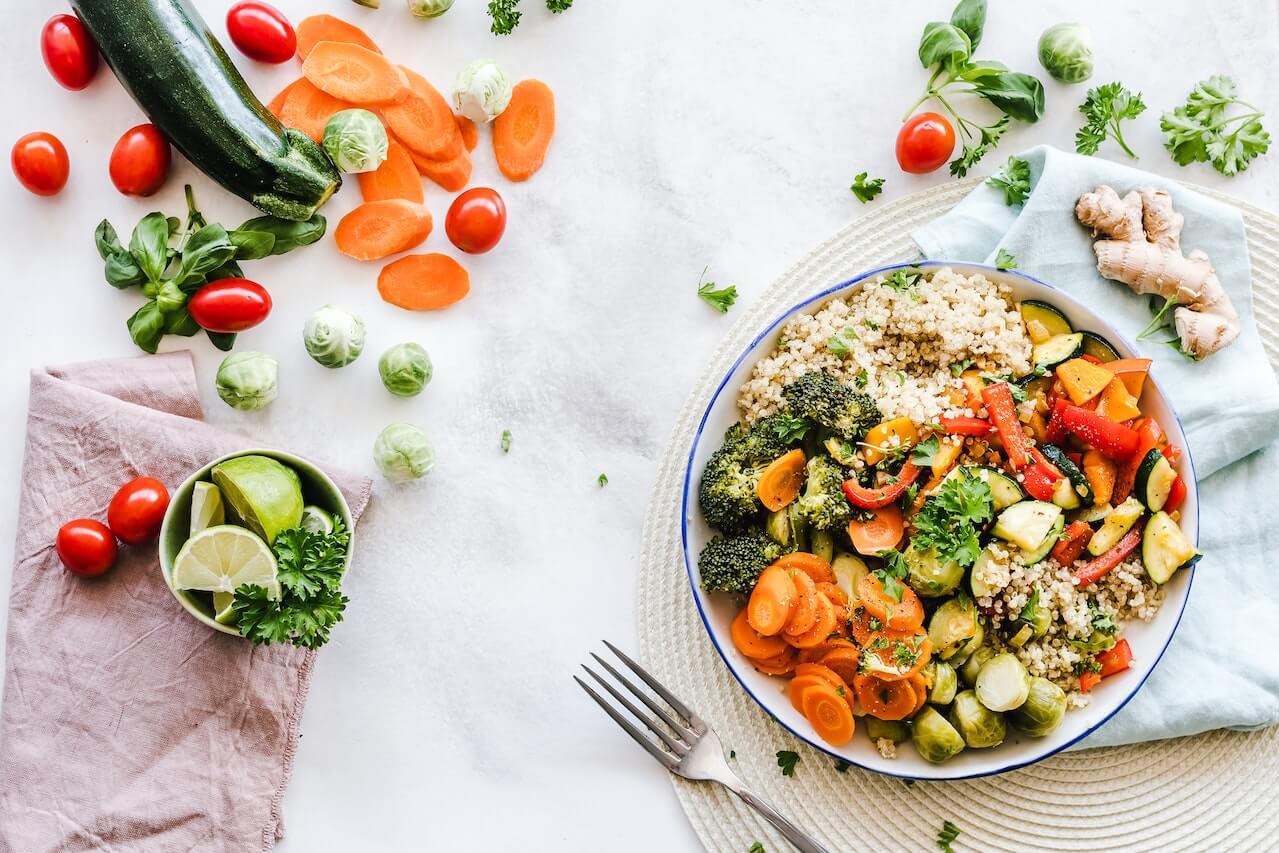


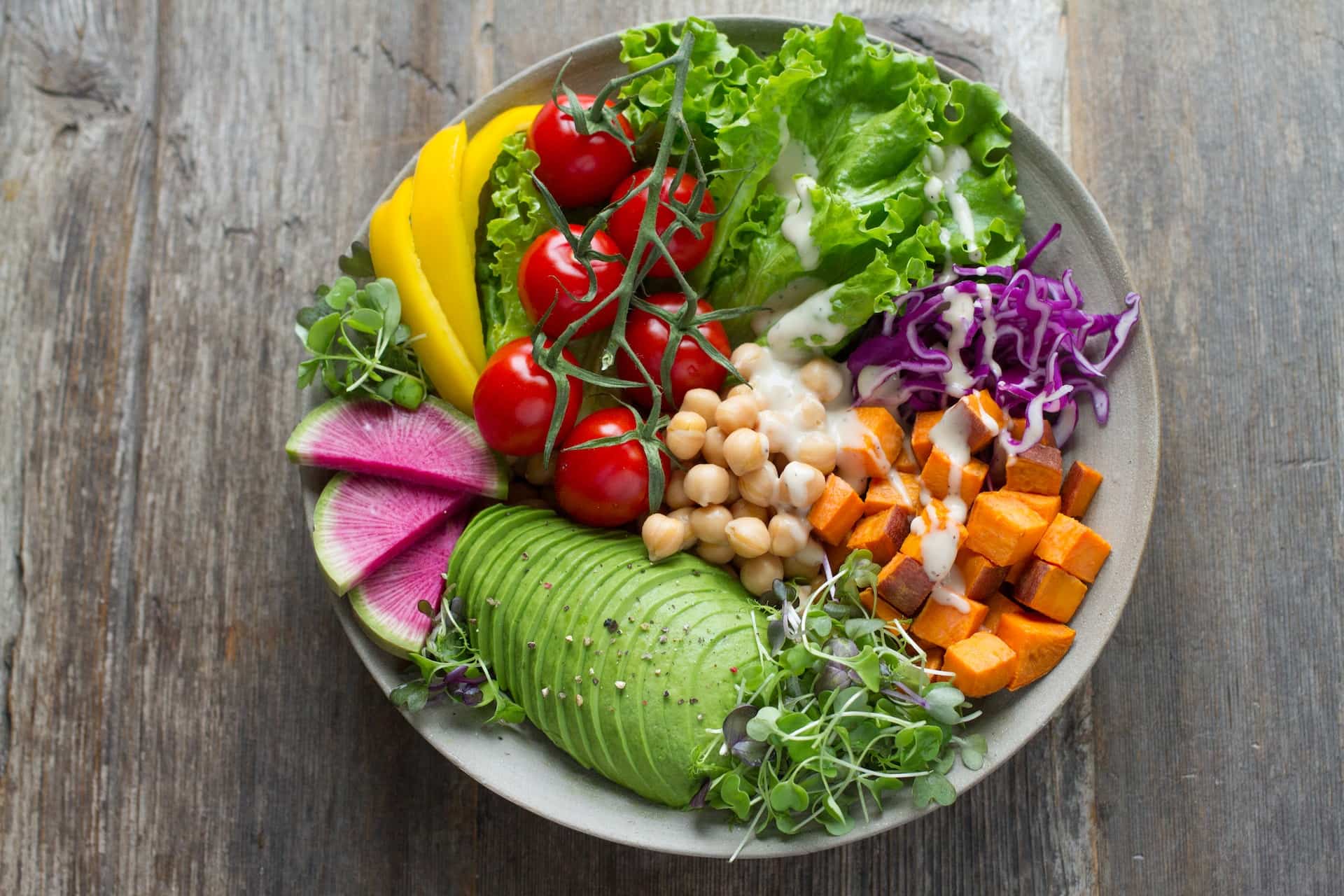
.jpg)



.jpg)
